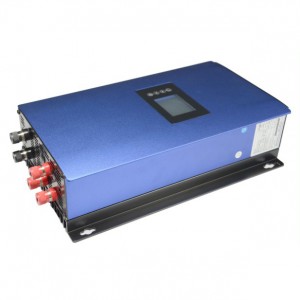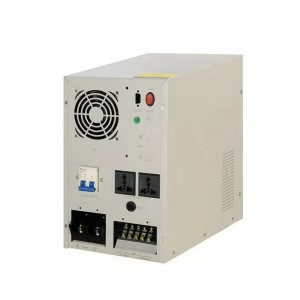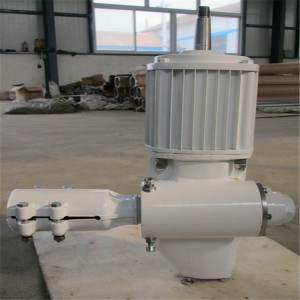Bidirectional inverter 10kw 20kw 30kw 50kw 100kw-1000kw
Application
Energy storage converter, also known as bidirectional energy storage inverter, also known as PCS (Power Conversion System) in English, is used in AC coupling energy storage systems such as grid-connected energy storage and micro-grid energy storage. It is a device to realize bidirectional conversion of electric energy between battery pack and power grid (or load). It can convert the direct current of the storage battery into alternating current and transmit it to the power grid or AC load; Alternately, the alternating current of the power grid can be rectified into direct current to charge the battery

The energy storage converter (PCS) is composed of power, control, protection, monitoring and other software and hardware. It is divided into single camera and three cameras. Single-phase PCS is usually composed of two-way DC-DC voltage regulator and DC/AC AC/DC converter. The DC end is usually 48Vdc and the AC end is 220Vac. The three cameras are divided into two types. The low-power three-phase PCS is composed of a two-way DC-DC voltage regulator and a DC/AC AC/DC converter, while the high-power three-phase PCS is composed of a DC/AC/DC converter. The energy storage converter is divided into three types: high-frequency isolation, power-frequency isolation and non-insulation. Single-phase and small-power three-phase PCSs below 20kW generally adopt high-frequency isolation, while those between 50kW and 250kW generally adopt power-frequency isolation, and those above 500kW generally adopt non-insulation.
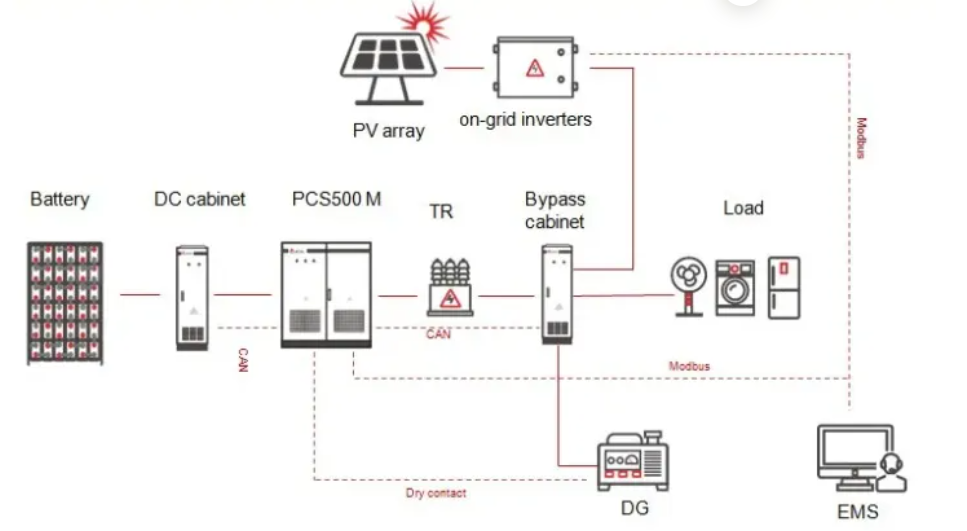
Important technical parameters of energy storage converter: Due to different application situations, the functions and technical parameters of energy storage converter vary greatly. During selection, attention should be paid to system voltage, power factor, peak power, conversion efficiency, switching time, etc. The selection of these parameters has a great impact on the functions of energy storage system.
01. System voltage
It is the voltage of the battery pack and the input voltage of the energy storage converter. The system voltage of energy storage inverters with different technologies varies greatly. The single-phase two-stage structure energy storage converter is about 50V, and the three-phase two-stage structure energy storage converter is between 150V-550V. The three-phase energy storage converter with power frequency isolation transformer is between 500V-800V, and the three-phase energy storage converter without power frequency isolation transformer is between 600V-900V.
02. Power factor
When the energy storage inverter operates normally, the power factor should be greater than 0.99. When the system participates in the power factor adjustment, the power factor range should be as wide as possible.
03. Switching time
There are two switching times for the energy storage inverter. One is the charge-discharge switching. The large energy storage countercurrent should be able to quickly switch the operation state. Generally, the switching time between the 90% rated power grid-connected charging state and the 90% rated power grid-connected discharge state is required to be no more than 200ms. The other is applied to the switching between the grid-connected mode and the off-grid mode, and the switching time is not more than 100ms.
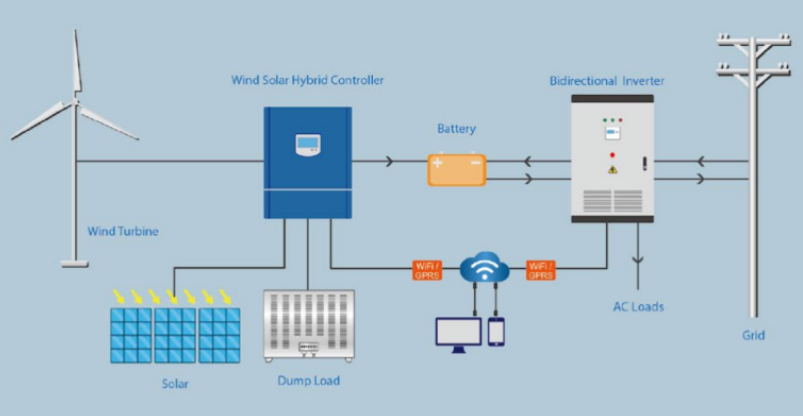
The energy storage converter mainly has two working modes: grid-connected and off-grid. The grid-connected mode realizes bidirectional energy conversion between the battery pack and the power grid. It has the characteristics of grid-connected inverter, such as anti-islanding, automatic tracking of grid voltage phase and frequency, low voltage traversal, etc. According to the requirements of grid dispatching or local control, PCS converts the AC power of the grid into DC power during the low load period of the grid, and charges the battery pack, with the battery charge and discharge management function; In the peak load period of the power grid, it reverses the DC power of the storage battery into AC power and feeds back to the public power grid; When the power quality is poor, feed or absorb active power to the grid, provide reactive compensation, etc. Off-grid mode, also known as isolated grid operation, means that the energy conversion system (PCS) can be disconnected from the main grid according to the actual needs and meet the set requirements, to provide some local loads with AC power that meets the power quality requirements of the grid.




